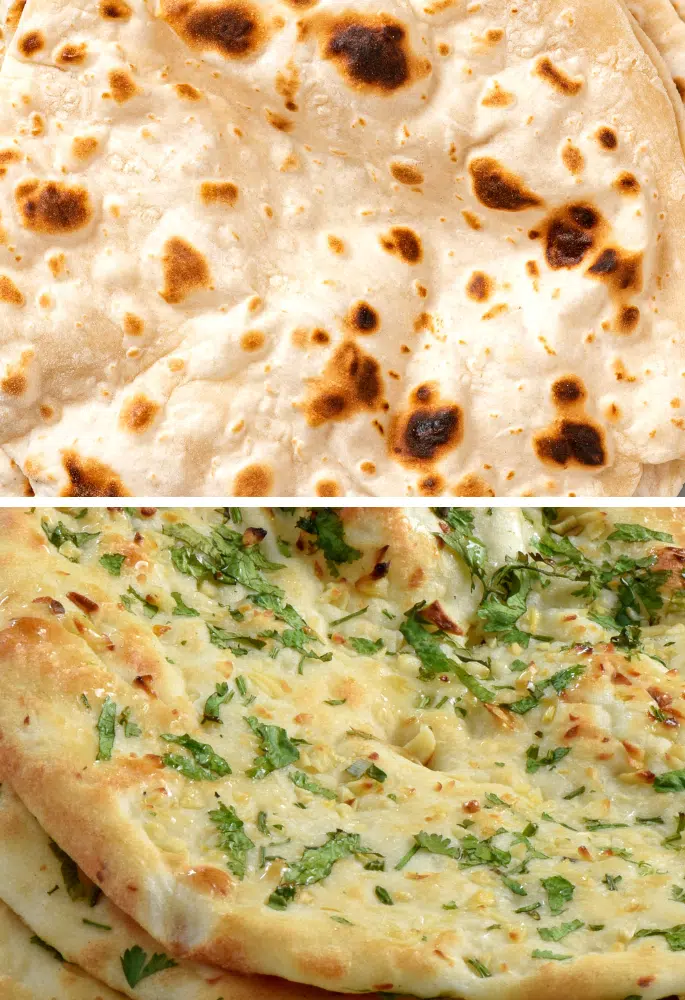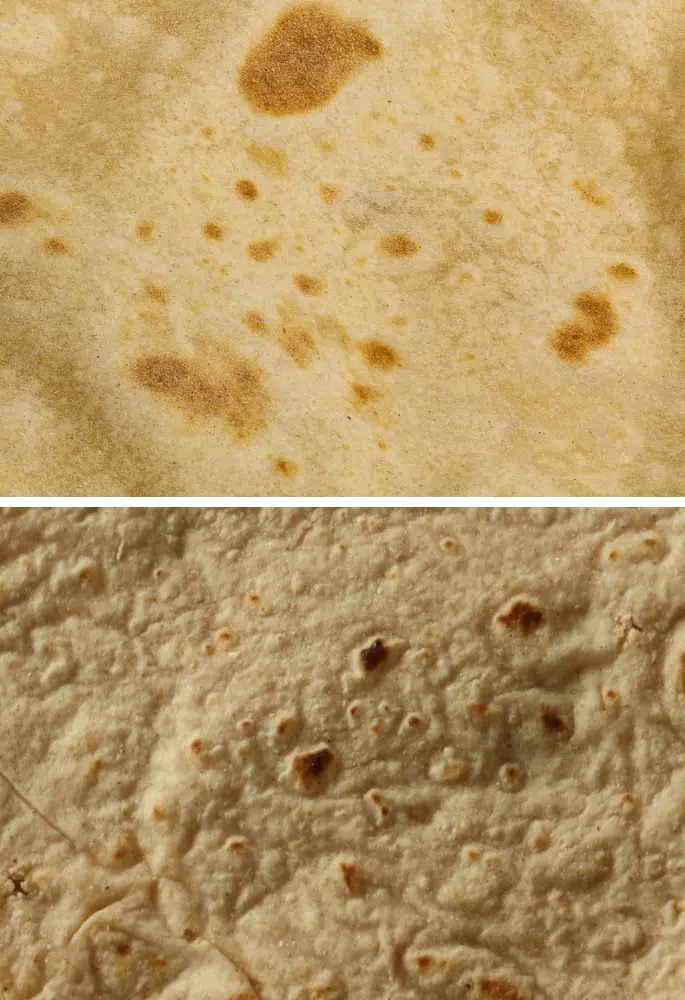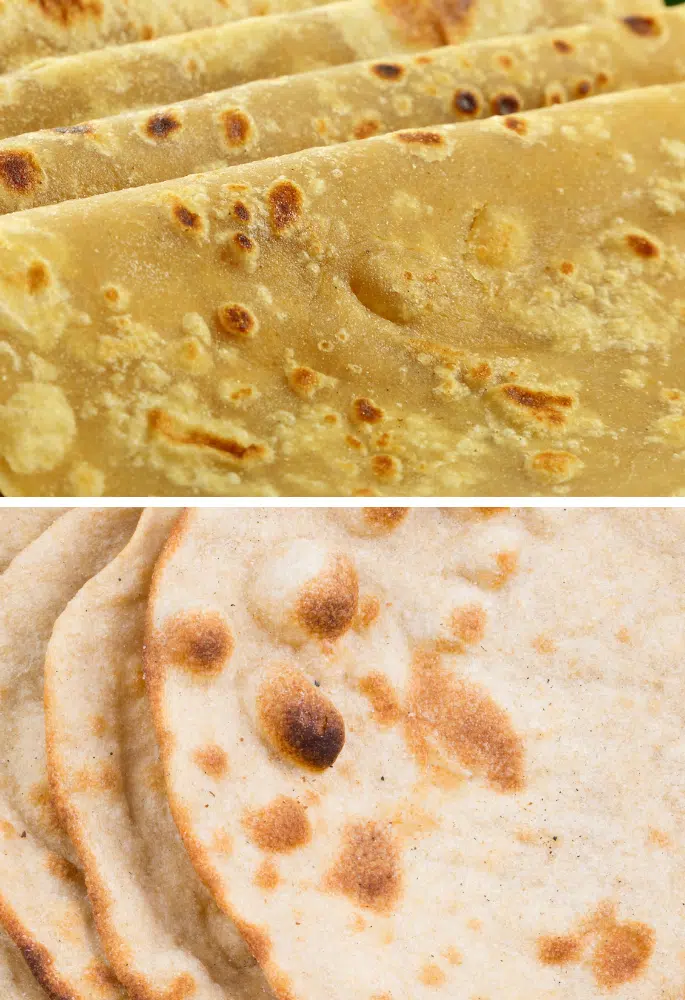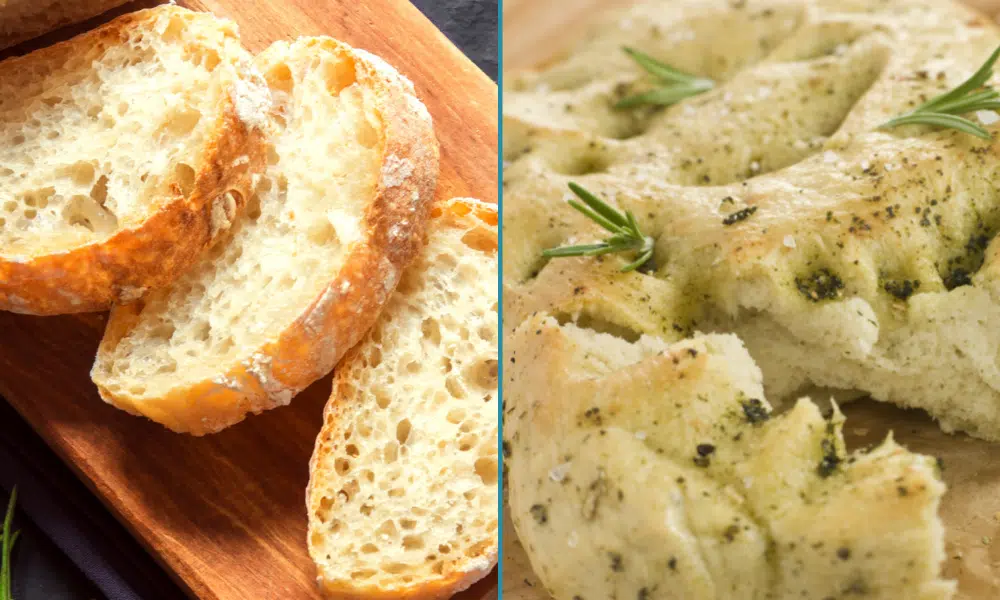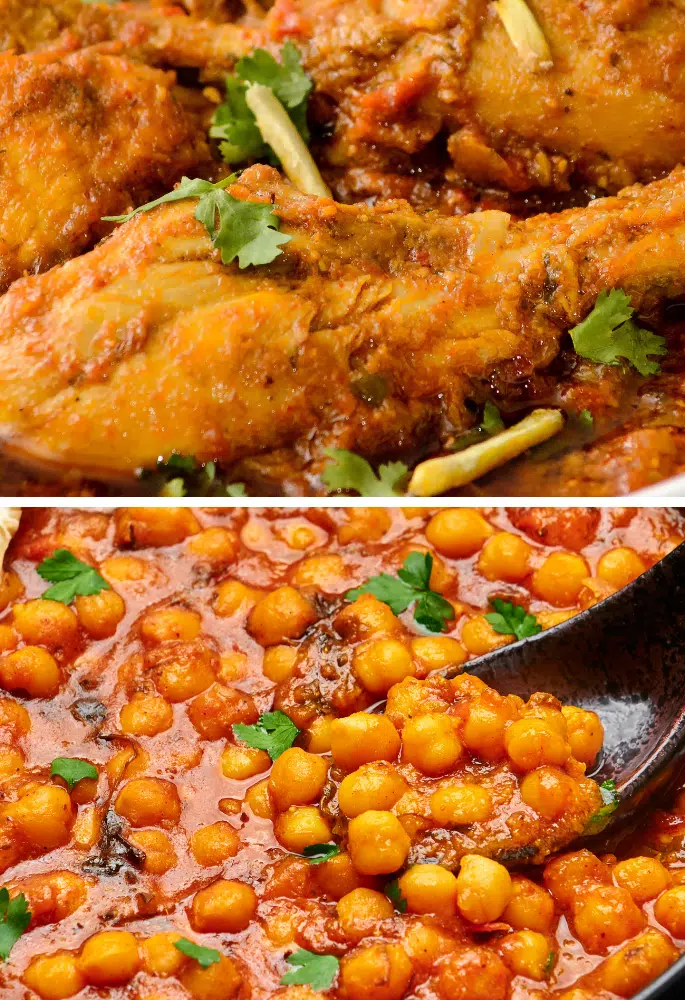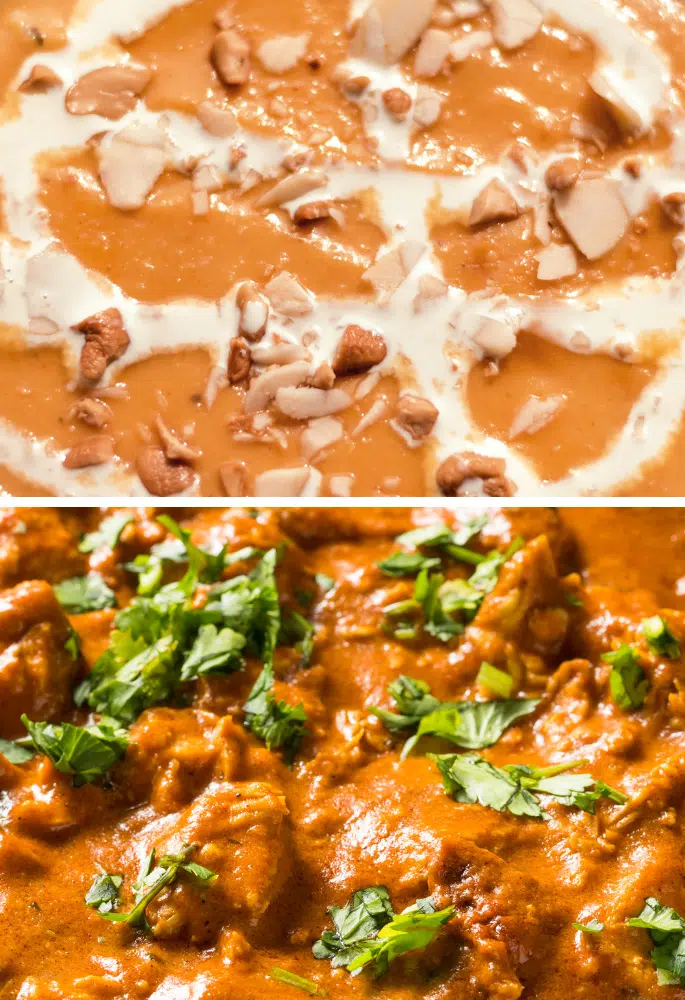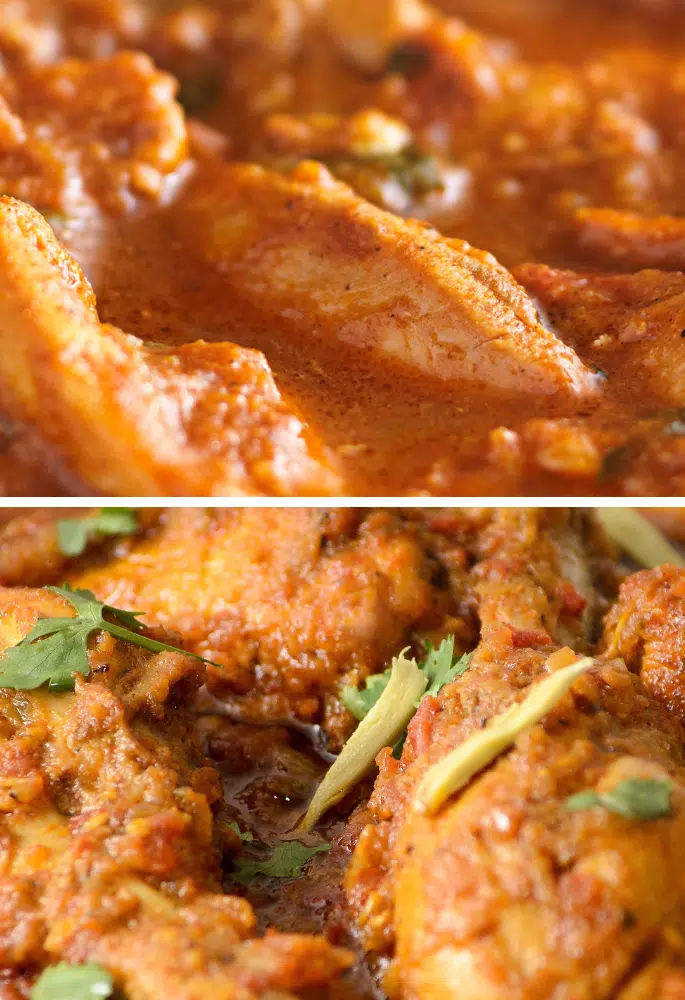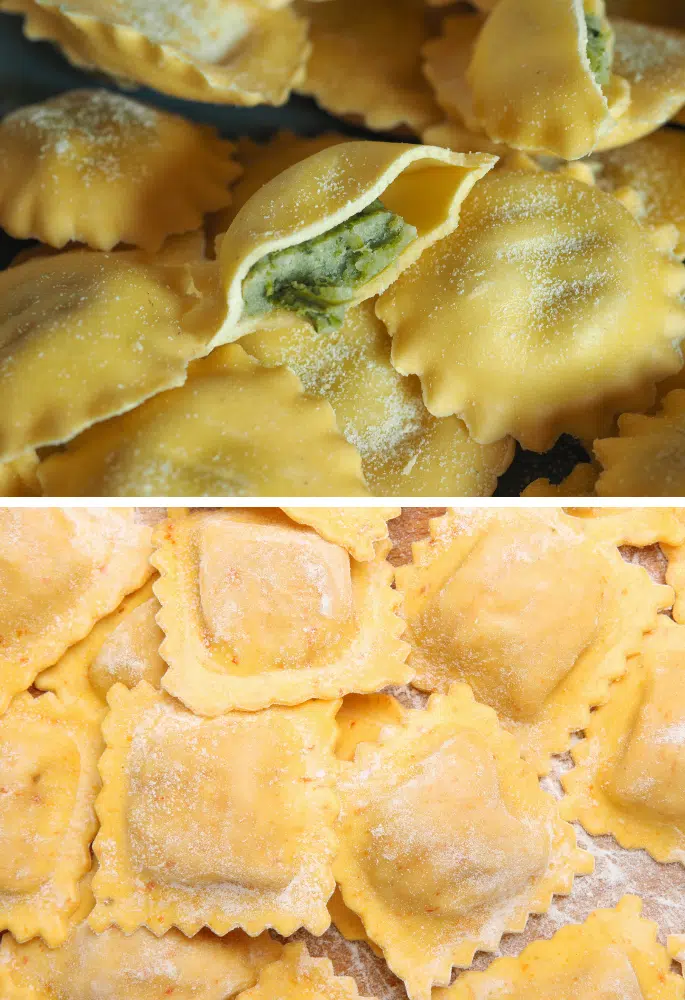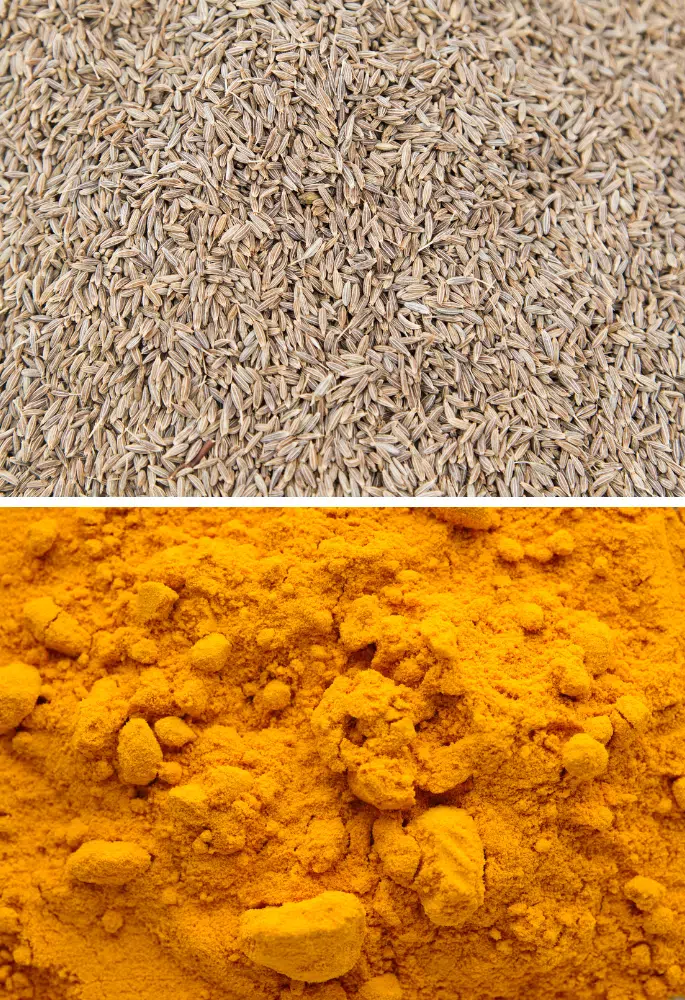Exploring the world of bread brings us to two popular types: the baguette and ciabatta. Both have distinct characteristics and origins. This comparison will delve into what sets these two apart and where they converge.
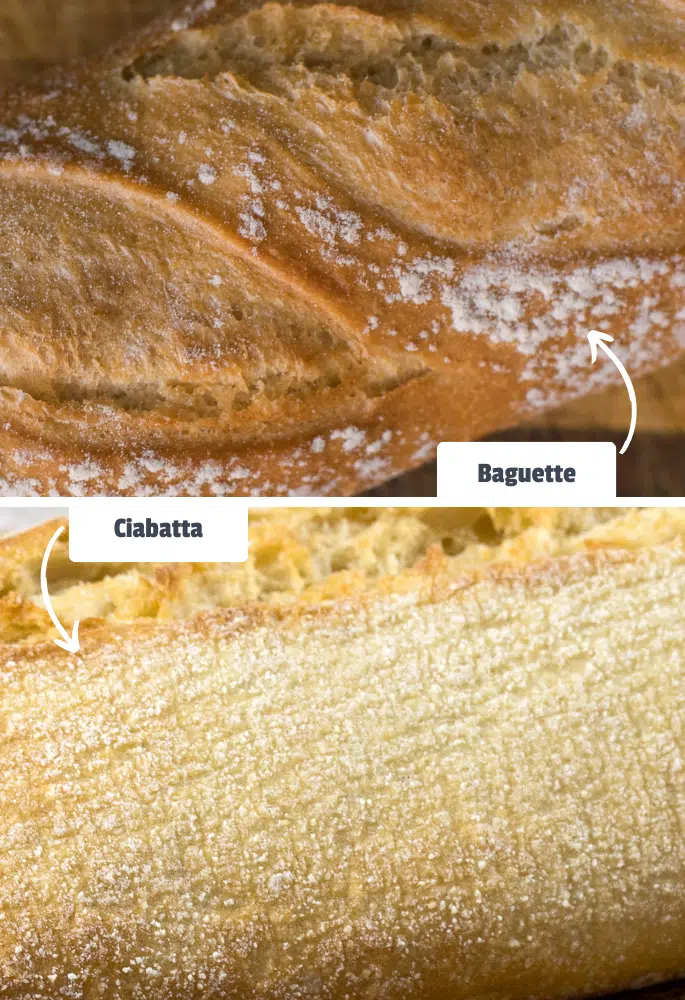
The main differences between baguette and ciabatta is their texture, shape, and origin. Baguette is a French bread with a crispy crust and elongated shape, while ciabatta, hailing from Italy, is known for its porous texture and broad, flat shape.
What is Baguette?
A baguette is a quintessential French bread, known for its long, thin shape and crispy crust. Originating in France, this bread is typically about 65 cm long and 5-6 cm wide.
It’s made from basic bread ingredients: flour, water, yeast, and salt. This is of such importance that there is now the French Bread Law!
The dough is left to rise slowly, resulting in a chewy interior and a golden, crispy crust. Baguettes are a staple in French cuisine and are often served as a side to cheese, soups, and salads.
Baguette dough usually has a hydration level between 65% to 75%. This range allows for a dough that’s workable yet still yields a crusty exterior and a light, airy interior.
What is Ciabatta?
Ciabatta is an Italian bread, recognised for its broad, flat shape and porous texture.
It was created in the 1980s (yes, it’s that modern!) as Italy’s answer to the popular French baguettes, particularly for sandwiches.
Ciabatta is made with a similar set of ingredients – flour, water, yeast, and salt – but often includes olive oil, lending it a distinct flavour and softer texture.
The dough is highly hydrated, resulting in large air pockets and a light, airy interior. Ciabatta is commonly used for sandwiches and paninis due to its sturdy yet soft texture.
Ciabatta dough typically has a high hydration level, around 70-80%. This high water content contributes to its characteristic large holes and chewy texture.
Similarities Between Baguette and Ciabatta
First, let’s take a look at what makes these two breads similar as there are more similarities than the French and the Italians would like to admit:
- Basic Ingredients: Both breads use a basic combination of flour, water, yeast, and salt. These are the core ingredients of most bread recipes, of course.
- Versatility in Cuisine: They are versatile in culinary use, being popular choices for sandwiches, as well as accompaniments for soups and cheeses.
- Artisanal Bread: Both are considered artisanal breads, often made with traditional techniques and high-quality ingredients.
- Cultural Significance: Each bread holds cultural significance in its country of origin, representing traditional baking techniques and culinary practices.
Differences Between Baguette and Ciabatta
Fortunately, there are some differences that mean a ciabatta isn’t simply an Italian Baguette. Here is how they differ:
- Origin and History: Baguette has a long-standing history in French cuisine, whereas ciabatta was developed more recently in Italy. In fact, the baguette was invented over a century before the ciabatta.
- Texture: Baguette boasts a crispy crust and chewy interior, while ciabatta is known for its soft, porous interior and slightly chewy crust.
- Shape: The baguette is long and slender, while ciabatta is broad and flat.
- Dough Hydration: Ciabatta dough has higher hydration, leading to more air pockets and a lighter texture compared to the denser baguette.
- Oil Content: Ciabatta often includes olive oil in its recipe, which is not typically used in traditional baguette recipes. This also gives the bread a slightly different peppery flavour.
Baguette vs Ciabatta: Which Wins?
If you could only use one of these types of rolls to make sandwiches in future, which are you going to vote for? Which is the better of these two popular breads? Vote below:
Do You Prefer Baguette or Ciabatta
Hailing from Liverpool, Oliver is an adventurous chef with a penchant for exploring diverse cuisines and novel ingredients. Ollie, combining his love for local British flavours with global influences, brings innovation and charm to home cooking.


